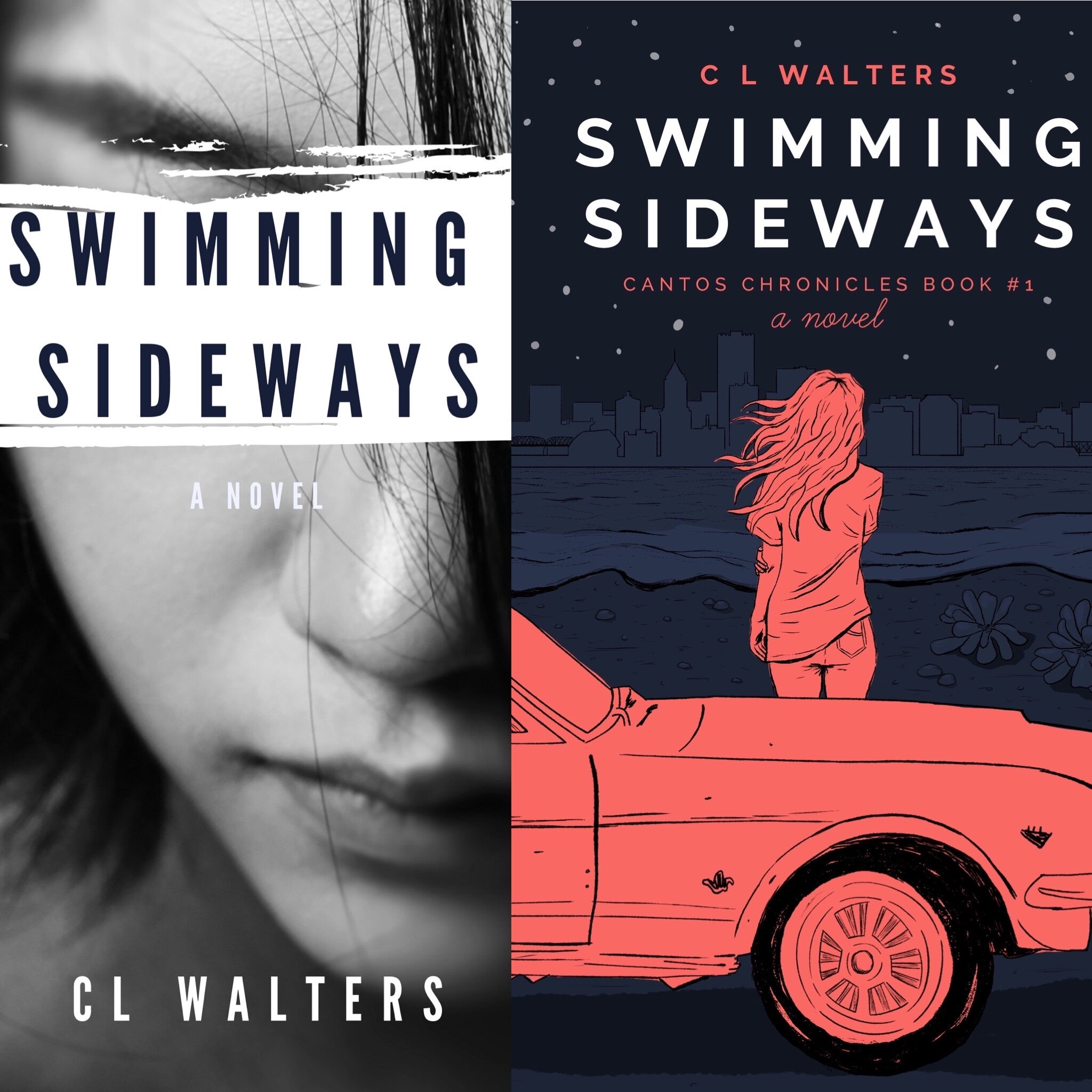I don’t know about other authors, but I don’t walk into a draft of a story knowing how the narrative is going to go. I start with skeleton pieces: a random scene, a character, an image I need to explore and understand. Then, as I continue writing, the narrative develops, sort of exploding outward. Another metaphor: It’s like a developing polaroid. I know there’s a story and I’ve snapped a picture, but it’s taking time (and processing) to develop.
When I started drafting In the Echo of this Ghost Town, it started with the fight scene between Tanner and Griffin. This scene is in The Stories Stars Tell, but I rewrote it from Griffin’s perspective. When I’d finished it, I knew I had the beginning of Griffin’s story and a really good question that needed answering: What happens when someone reaches rock bottom?
This pushed me to continue writing. The deeper I got into telling Griffin’s story, however, the more I struggled with him. I knew that structurally, if I were to pick up Griffin’s story as a reader, wading through the darkness with him without any light would be terrible! To combat that, I added Maxwell’s voice. I thought the story would follow a similar pattern to The Stories Stars Tell, dual, alternating perspectives. Pretty early on, however, I knew this wasn’t going to work, Especially when Griffin’s story swelled to 190,000 words.
This meant (besides cutting), I needed to determine how this story was going to fit together.
My other books have varied structures. Swimming Sideways is told chronologically. The Ugly Truth is told with a present timeline of “now” that branches into flashbacks of “before.” The Bones of Who We Are is told backward with a forward dream state thread. The Stories Stars Tell is told mostly chronologically with a few flashbacks peppered in to make sure the relationship and characterization were established. These choices weren’t made beforehand but were sort of born from the organic development of the story, hence the polaroid.
Griffin’s story and Max’s companion story When the Echo Answers weren’t any different. Both are chronological. For Griffin’s journey, however, I broke it up by months. It felt like a natural fit for his story to demonstrate the way someone might be able to change over time.
How do I know this is “right”? I don’t. Not really. To claim it's instinctual isn’t helpful for you, so here’s another tip that might be more concrete and useful. I’ve studied narrative structure for years, so when considering how to tell the story, it’s important for me to use the three act structure and Vogler’s Hero’s Journey work based on the work by Joseph Campbell (some might suggest Save the Cat! which is a great resource as well). For example, many years ago when I was writing The Ugly Truth, I had the story set up chronologically. I couldn’t get the narrative structure to work even though I knew I had the pieces I needed. Using the Hero’s Journey, I plugged in the pieces and realized that the story was out of order, hence the shift to employing the flashbacks interspersed throughout. Being willing to try something different with the structure worked and solidified for me the practice of being willing to let go of how I think it should be for how it is.













